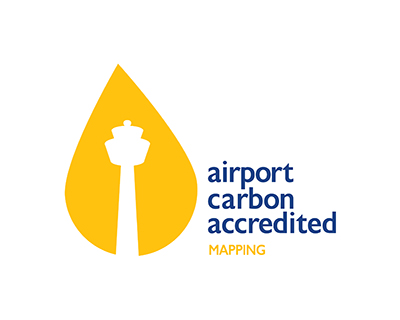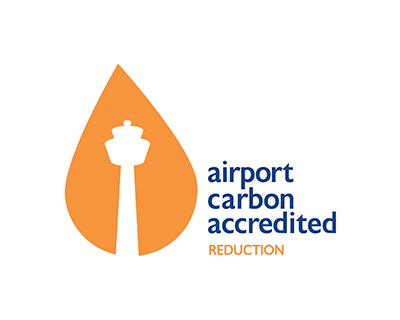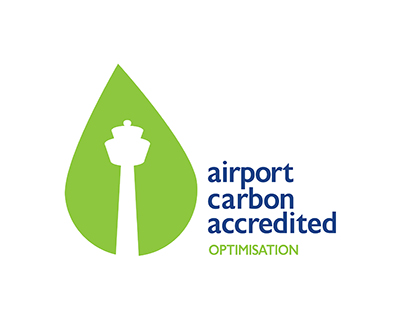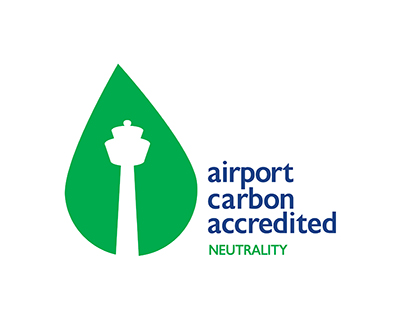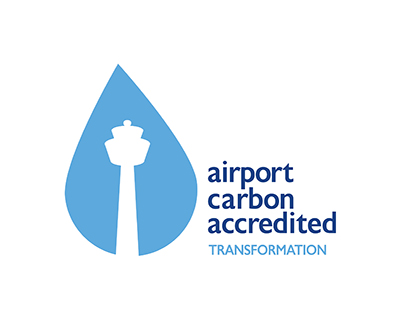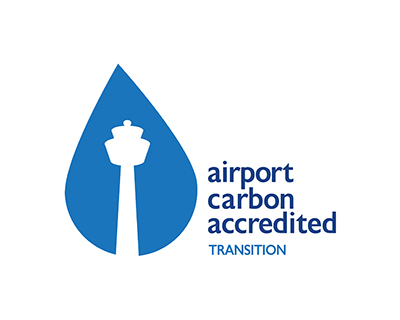By Marina Bylinsky, Head of Sustainability, ACI EUROPE
In times when the airport industry is facing bad news almost on a daily basis – new record numbers of COVID-19 infections, new travel restrictions, new lay-offs – positive developments are rare, but all the more valuable and noteworthy. Since the start of the pandemic, airports worldwide have been reaffirming their commitments to climate action and their intention to Build Back Better. 28 airports globally have joined Airport Carbon Accreditation since COVID-19 was declared a pandemic on 11 March. At the ACI EUROPE Annual Congress and General Assembly on 17 November, Airport Carbon Accreditation introduced the first major, structural change to the programme since its inception back in 2009: two new accreditation Levels – Level 4 Transformation and Level 4+ Transition – were launched. What could be a better evidence of airports’ continued leadership in decarbonisation?
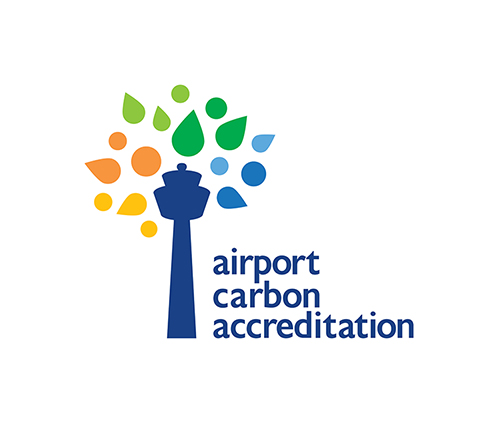
At the ACI EUROPE Annual Congress and General Assembly on 17 November, Airport Carbon Accreditation introduced the first major, structural change to the programme since its inception back in 2009: two new accreditation Levels – Level 4 Transformation and Level 4+ Transition – were launched.
With the introduction of these new Levels, Airport Carbon Accreditation is making a step-change in several regards. First of all, it represents a shift in the ambition level of the programme. Emissions reductions and continuous improvement have been at the core of Airport Carbon Accreditation since its launch, but Levels 1 to 3+ do allow for flexibility in the magnitude of reductions to be achieved. By contrast, Levels 4 and 4+ require airports to align their carbon management strategies and plans with the ambition of the Paris Agreement, according to which global warming should be limited to below 2°C and ideally 1.5°C. These objectives have been translated into several emissions reduction scenarios by the Intergovernmental Panel on Climate Change (IPCC). Airports will have to define their reduction targets and associated emissions pathways in alignment with these scenarios. Furthermore, airports will have the possibility to include into their reduction target emissions sources which are not directly controlled by the airport operator (Scope 3 emissions as per Greenhouse Gas Protocol), provided they can demonstrate that they have significant influence over the sources concerned. This approach will assist airports in identifying and pursuing the most effective emissions reduction opportunities, recognising that they might be outside the airport’s operational control. The emissions that airports will have to disclose in their carbon footprints will also be broadened, so as to encompass all the significant operational sources on- and off-site. And finally, the requirements relating to stakeholder engagement will be tightened, with effective partnerships, oriented towards delivering emissions reductions, coming to the fore.
Levels 4 and 4+ thus bring Airport Carbon Accreditation in line with the latest scientific and policy developments of the last years. They also reflect enhanced public expectations, according to which the airport operator has to show that it does not only address its own emissions, but uses its influence to drive emissions reductions from third parties operating on its site. The adaptability of the programme to accommodate such developments does, however, not entail a complete overhaul of Airport Carbon Accreditation. The initial Levels 1 to 3+ remain in place as is, offering stability to participating airports, and confirming that the key principles and design elements of the programme are still relevant and future-proof.
The introduction of Levels 4 and 4+ also marks another major milestone for Airport Carbon Accreditation, and in my view, it’s maybe even the most significant one: with the new Levels, the programme has finally become truly global. Of course, airports outside Europe started becoming certified back in 2011, when Airport Carbon Accreditation was extended to ACI Asia-Pacific, followed by ACI Africa, ACI North America and ACI Latin America and the Caribbean. As of end 2014, there have been accredited airports in all world regions. But these airports were joining a programme that had been built by European airports, for European airports. The Levels 4 and 4+, however, have been defined by a Task Force of airports from various regions. They are the result of hours and hours of meetings, informal discussions and sometimes heated conversations that were taking place for over two years. Finding a compromise between the views and needs of all these airports, operating with different business models, in different climates and policy contexts, was challenging – but in the end, successful.
Last but not least, this major development on the technical side of Airport Carbon Accreditation goes hand in hand with a renewed, fresh branding of the programme. Its new visual identity is beautiful, clear and future-proof… because more is to come! In fact, Levels 4/4+ are not the only change Airport Carbon Accreditation is going to implement. It will continue to evolve, as it has done over the last decade. And we all know that ultimately, decarbonisation needs to lead us to Net Zero CO2 emissions.
In closing, I would like to wholeheartedly thank all those who made Levels 4 and 4+ a reality: the members of the Airport Carbon Accreditation Task Force, under the leadership of Emanuel Fleuti from Zurich Airport, whose exceptional expertise and professionalism were critical to navigate the difficult waters towards the launch of the new Levels; the programme Administrator WSP; all ACI Regional offices and ACI World; and the Airport Carbon Accreditation Advisory Board. Airport Carbon Accreditation has been, is and will always be the result of relentless teamwork.
Marina Bylinsky is Head of Sustainability at ACI EUROPE.
The new Airport Carbon Accreditation logos, including two new accreditation Levels – Level 4 Transformation and Level 4+ Transition:
